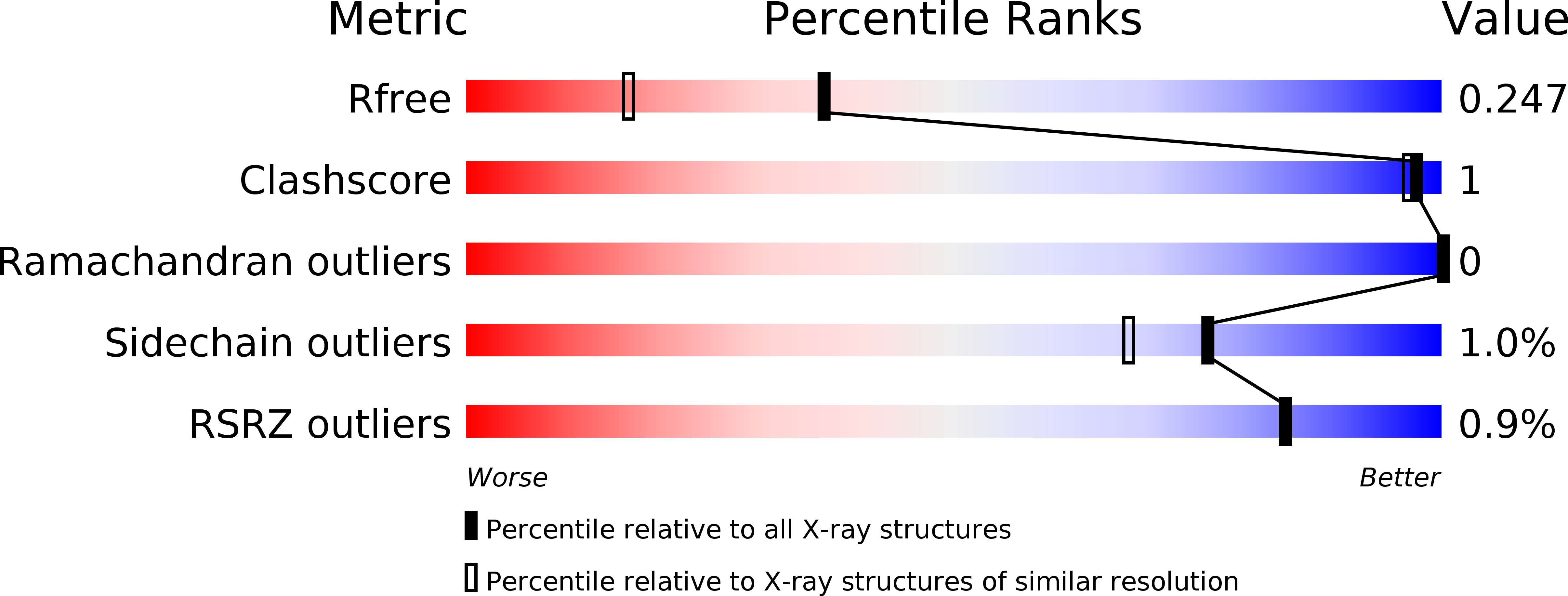
Deposition Date
2008-11-21
Release Date
2009-04-28
Last Version Date
2023-12-27
Method Details:
Experimental Method:
Resolution:
1.84 Å
R-Value Free:
0.24
R-Value Work:
0.19
R-Value Observed:
0.20
Space Group:
P 21 21 21


